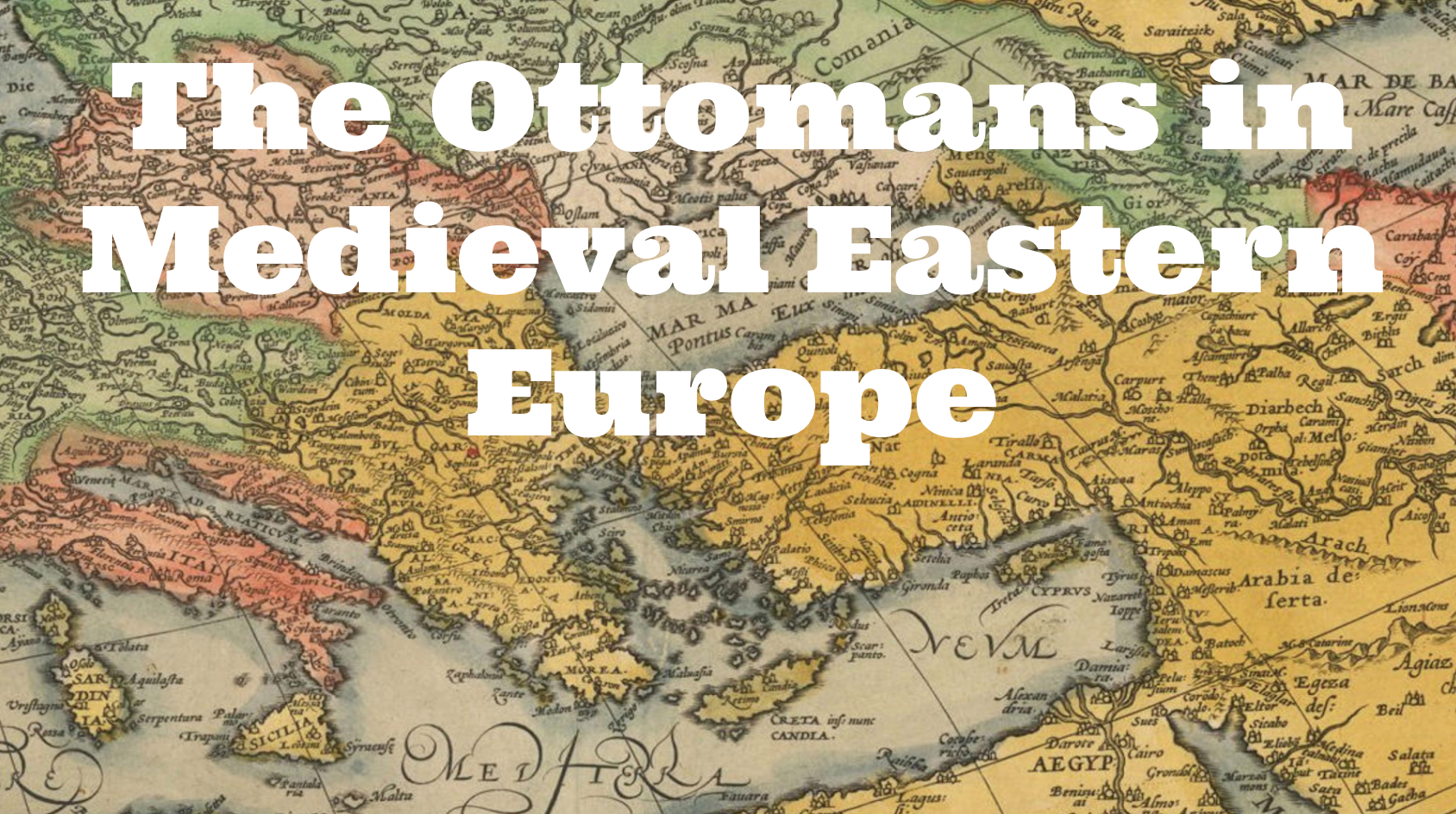Until the sixteenth century, the Ottomans showed tolerance to their infidel subjects, permitting Christians and Jews to serve the state and allowing the patriarch of Constantinople and the Grand Rabbi to act as leaders of their own religious communities, or millets. The religious leader not only represented his people in their dealings with the Ottoman state but also had civil authority over them in matters that affected them alone. Non-Muslims paid a head tax and lived in comparative peace.
From 1280 to 1566 ten able sultans ruled the Ottomans. In theory, the sultan possessed the entire wealth of his dominions, and his object was to exploit it to the full. To do so he maintained an elaborate system of administrators whose lives and property belonged absolutely to him. To belong to the ruling class, a man had to be loyal to the sultan, a Muslim, and a true Ottoman—that is, he had to master the “Ottoman way” of speaking and behaving.
Anyone who lacked one or more of these attributes was not a member of the ruling class but a subject (raya). Any raya could become an Ottoman by acquiring the necessary attributes. Beyond collecting, spending, and increasing the imperial revenues, and defending and adding to the imperial possessions, the Ottomans had no duties.
The Ottoman ruling class included four subdivisions: the men of the emperor, the men of the sword, the men of the pen, and the sages. The first comprised an inner service, embracing the sultan himself and his wives, sons, servants, private purse, and palace attendants, including the entire harem. In addition, there was an outer service, including the grand viziers and the other highest officers of the state, those who directed all the other branches of the service. A grand vizier presided over the council of state, and if the sultan trusted him might exercise great influence; but the sultan, too, could depose or kill him.
In the early days of the Ottoman Empire, the Turkish princely families from Anatolia virtually monopolized both the inner and the outer services of this imperial class. But by the fourteenth century the sultans had learned to balance their influence by recruiting new talent from among their Christian subjects. Some entered the system as prisoners of war; some the sultan bought or received as presents. But most he obtained through the regular levying of a tribute of male children between the ages of ten and twenty that took place every four years. The recruits had to accept Islam, and so these recruits, all originally Christian, competed with the older Turkish aristocratic families for the honor of staffing the imperial class.
The men of the sword included all those connected with the Ottoman armies. Besides the usual irregular troops and garrison forces, these were the cavalrymen who predominated in early Ottoman history. They received fiefs of land in exchange for service and could administer these fiefs as they wished, collecting taxes from their tenants and keeping order and justice among them.
With the introduction of gunpowder and the development of artillery and rifles, the Ottomans founded a special new corps to use these weapons, the janissaries. Most of the janissaries came from the recruits who were not selected for training for the imperial class. The janissaries lived in special barracks in the capital and enjoyed special privileges. They were both a source of strength and a constant potential danger to the state.
The men of the pen performed the other duties of government, striving to see that all land was tilled and that all trade was carried on as profitably as possible, so that the sultan might obtain his share in taxes. Once the money came in, these officials spent it on the necessary expenses of state, including salaries for troops and other employees. To keep an official honest and zealous, the Ottoman system often rewarded him by giving him in place of a salary a portion of the sultan’s property as a kind of fief to exploit for himself. In the country every farm and village, in town every business and trade, in government every job thus became a kind of fief.
The sages (ulema) included all those connected with religion: the judges who applied Muslim law in the courts, the teachers in the schools, and the scholars of the Koran and the holy law (Shariya), the muftis. The muftis answered questions that arose from lawsuits.. They applied the sacred law of Islam and usually gave short replies without explanation.
The grand mufti in Istanbul whom the sultan himself consulted, was known as Sheikh-ul-Islam, the ancient or elder of Islam, and outranked everyone except the grand vizier. Since he could speak the final word on the sacred law, he exercised a kind of check on the absolute power of the sultan himself. He alone could proclaim the beginning of war or denounce a sultan for transgressing the sacred law.

